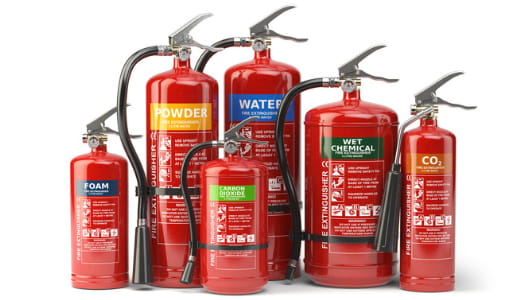In today’s world, where safety is paramount, being prepared for emergencies like fires is crucial. Fire extinguishers are an indispensable tool in fire safety measures, whether at home, in the workplace, or in public spaces.
Finding the best fire extinguisher for home, from their types to their usage and maintenance, can make all the major difference in effectively combating a fire emergency.
In this article, we delve into the intricacies of fire extinguishers, highlighting the various types available, how to use them effectively, home requirements, maintenance tips, and recommendations for the best fire extinguishers for home use.
Fire Extinguisher Types:
When it comes to fire extinguishers, having the right type for the specific fire hazard is paramount. Here are the key fire extinguisher types and their intended uses:
- Water Extinguishers: Designed for Class A fires, which involve common combustible materials like wood, paper, and fabric. They work by cooling the fire and extinguishing it through water dispersion.
- Foam Extinguishers: They are effective against Class A and Class B fires, that involve flammable liquids such as gasoline, oil, and grease. The foam become a blanket over the fire, cutting off the presence of oxygen supply and extinguishing it.
- Carbon Dioxide (CO2) Extinguishers: Ideal for Class B and Class C fires, which involve flammable liquids and electrical equipment, respectively. They work by displacing oxygen, smothering the fire and suppressing its combustion.
- Dry Chemical Extinguishers: These are versatile and can be used on Class A, B, and C class of fires. They contain a powdered chemical that interrupts the chemical reaction of the fire, effectively extinguishing it.
- Wet Chemical Extinguishers: Specifically designed for Class K fires, which involve cooking oils and fats commonly found in kitchens. They work by cooling the fire and building a barrier between the fuel and oxygen.
Pro Tip -: Understanding the specific fire extinguisher types and their intended uses is essential for effective fire safety preparedness.
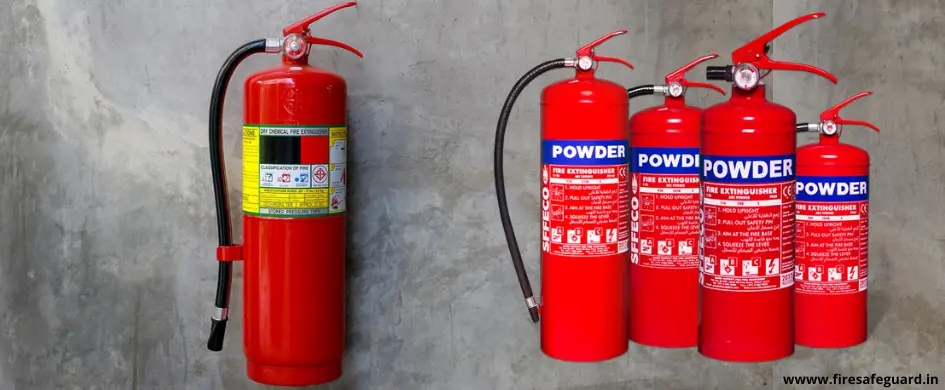
How to Use a Fire Extinguisher
Knowing how to use a fire extinguisher in a right way can be the difference between containing a fire and spreading out of control. Here’s a step-by-step guide on how to use a fire extinguisher:
- Pull: Locate the pin or ring at the extinguisher’s top and pull it to break the tamper seal, preparing the extinguisher for use.
- Aim: Point the extinguisher’s nozzle or hose at the base of the fire, keeping a safe distance from the flames.
- Squeeze: Firmly squeeze the handle or trigger to discharge the extinguishing agent in a steady and controlled stream onto the fire’s base.
- Sweep: Sweep the nozzle from side to side, cloaking the base of the fire with the extinguishing agent until the flames are fully extinguished. Continue to monitor the area for any signs of re-ignition.
Note: Remember the acronym PASS (Pull, Aim, Squeeze, Sweep) for easy recall in a fire emergency.
Home Fire Extinguisher Requirements
In residential settings, having adequate fire extinguisher coverage is essential for keeping the safety of occupants and property. Here are some key considerations for selecting the best fire extinguisher for home usage:
- Placement: Fire extinguishers should be strategically placed in areas prone to fire hazards, such as the kitchen, garage, and near heating appliances. Ensure that extinguishers are easily accessible in case of emergency but are out of reach for children and pets.
- Size and Type: Choose the right size and type of fire extinguisher for your home. Consider the most likely fire types that could occur and select extinguishers rated for those specific hazards. For example, a kitchen extinguisher should be rated for Class K fires.
- Maintenance: Regular maintenance of fire extinguishers is vital to ensure their effectiveness in an emergency. Perform visual inspections monthly to check for any signs of damage, corrosion, or tampering. Additionally, schedule professional inspections and servicing at least once a year to verify the extinguisher’s integrity and recharge if necessary.
Fire Extinguisher Maintenance Checklist
To maintain the functionality and reliability of fire extinguishers, follow this fire extinguisher maintenance checklist:
- Visual Inspection: Conduct monthly visual inspections of each fire extinguisher to check for any signs of damage, corrosion, or tampering. Ensure that the pressure gauge indicates that the extinguisher is within the operational range.
- Functional Test: Annually, a functional test of each fire extinguisher is performed by briefly discharging a small amount of the extinguishing agent to verify proper operation. After testing, recharge the extinguisher if necessary to ensure it is fully charged and ready for use.
- Professional Inspection: Schedule professional inspections and servicing of fire extinguishers at least once a year. A certified fire safety professional can assess the condition of each extinguisher, verify its operational integrity, and recharge or replace components as needed.
Best Fire Extinguisher for Home:
Selecting the best fire extinguisher for your home involves considering factors such as size, type, and reliability. Here are some top recommendations for home fire extinguishers:
- Safeguard Fire Extinguisher: SAFEGUARD has an unmatched reputation for providing world-class fire extinguishers and fire fighting equipment, and our wide range keeps us at the forefront of this field.
- First Alert HOME1 Rechargeable Standard Home Fire Extinguisher: This multipurpose extinguisher is suitable for use on most common household fires, including those involving wood, paper, fabric, flammable liquids, and electrical equipment.
- Kidde FA110 Multi-Purpose Fire Extinguisher: Compact and easy to use, this extinguisher is effective against multiple fire types, making it the ideal choice for residential settings.
- Amerex B500 ABC Dry Chemical Fire Extinguisher: Trusted by professionals, this extinguisher offers reliable performance in various fire situations and is suitable for use in homes, garages, workshops, and recreational vehicles.
Conclusion:
Fire extinguishers are indispensable tools for fire safety preparedness in any setting. By understanding the different types of fire extinguishers, knowing how to use them effectively, adhering to home fire extinguisher requirements, conducting regular maintenance, and selecting the best fire extinguisher for your home, you can significantly enhance the safety of yourself, your loved ones, and your property.
Prioritize fire safety by investing in quality fire extinguisher types and being prepared to take action in the event of a fire emergency. Remember, when it all comes to fire safety, prevention and preparedness are key.
Now, this comprehensive guide equips you with the knowledge, such as home fire extinguisher requirements and resources, to make informed decisions regarding fire extinguishers and ensure the safety of your home and family. Stay safe and be prepared!
Read More Articles:
Ultimate Fire Extinguisher Buying Guide for Business owners
Related Articles

Protein Foam: Your Guide to Effective Fire Suppression
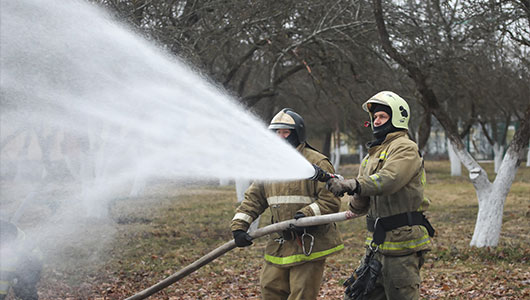
AR-AFFF Foam: Find the Right Formula for Your Needs
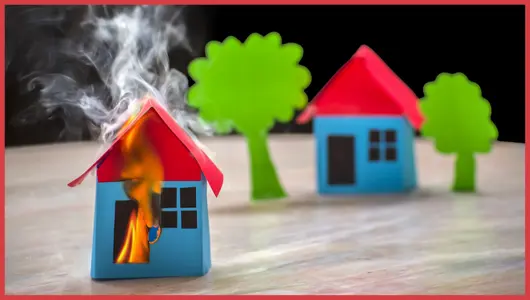
AFFF Foam: Your Essential Guide to Fire Safety

Why ECOFOAM is the Future of Environmentally Friendly Firefighting

Foam Concentrates: Sustainable Solutions for Environmentally Conscious Fire Protection
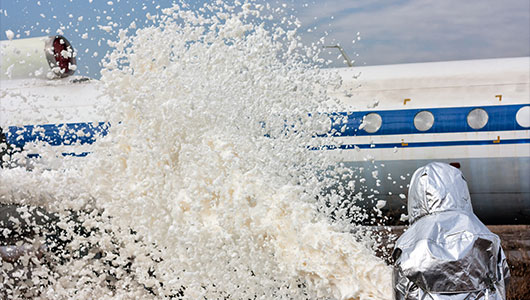
The Right Foam for Every Fire: Synthetic Concentrates for Varied Hazards & Environments

Expansion Foam Concentrate: The Ultimate Solution for Controlling Flammable Liquid Fires
Stop Fire in Its Tracks: Protein Foam's Versatility Across Hazards & Environments

Fluorine-Free Foam (ECOFOAM): Next-Generation Fire Suppression Solutions for Modern Challenges
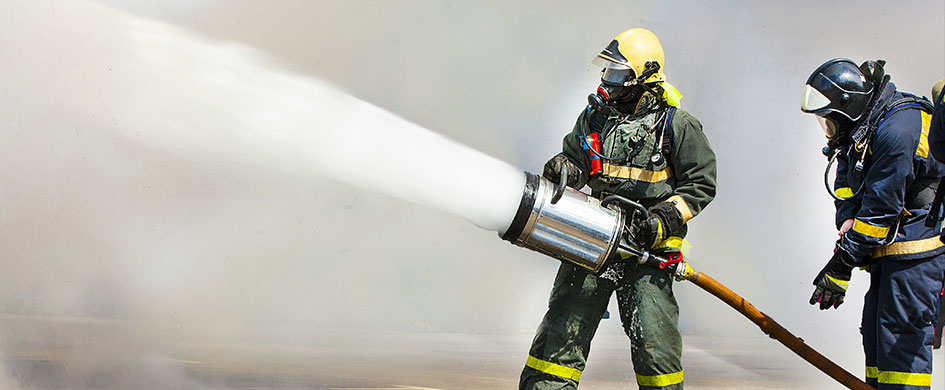
Future of Firefighting is Here: Top Trends in Foam Concentrate Technology Explained

Synthetic Foam Concentrates: The Science Behind Superior Fire Control

Expansion Foam Concentrate: The Game Changer for Fighting Large Fires

Protein Foam 101: How It Works to Fight Fires

Advantages of Advanced AR-AFFF Foam Technology - Fire Protection Ultimate Guide 2024
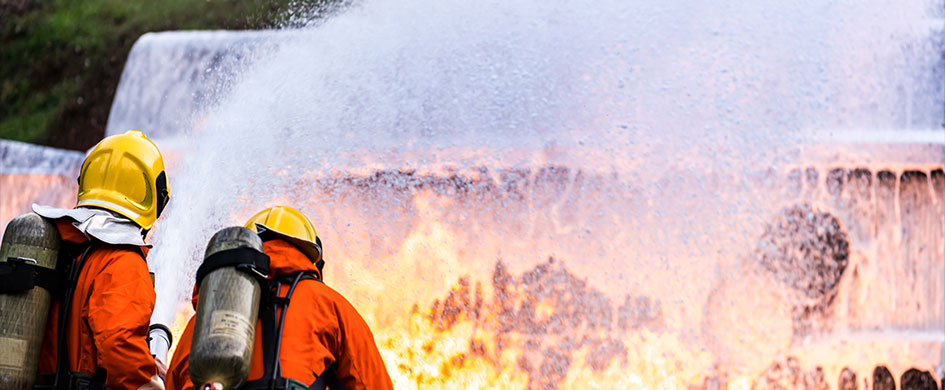
AFFF Fire Suppression: Applications & Benefits for Enhanced Safety
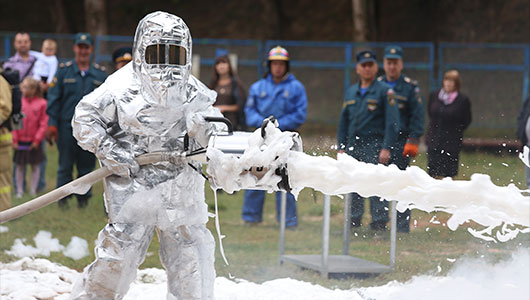
Foam Concentrates vs Traditional Fire Extinguishers: Which is More Effective?

Fight Fires Eco-Friendly: Rise & Future of Fluorine-Free Foam (ECOFOAM)

Synthetic Foam Concentrates: Advancing Fire Suppression with Cutting-Edge Technology

Expand Your Fire Safety Arsenal: Exploring the Versatility of Expansion Foam Concentrate
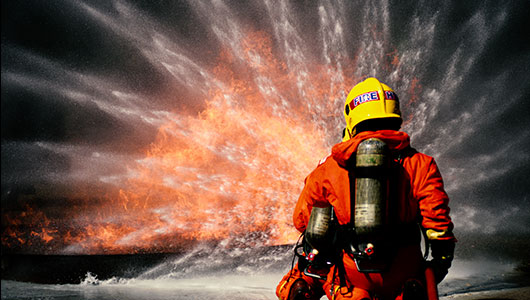
Protein Foam Concentrates: Harnessing Nature's Power for Effective Fire Suppression | Guide 2024

Advanced AR-AFFF Foam: The Cutting-Edge Solution for Superior Fire Suppression Performance
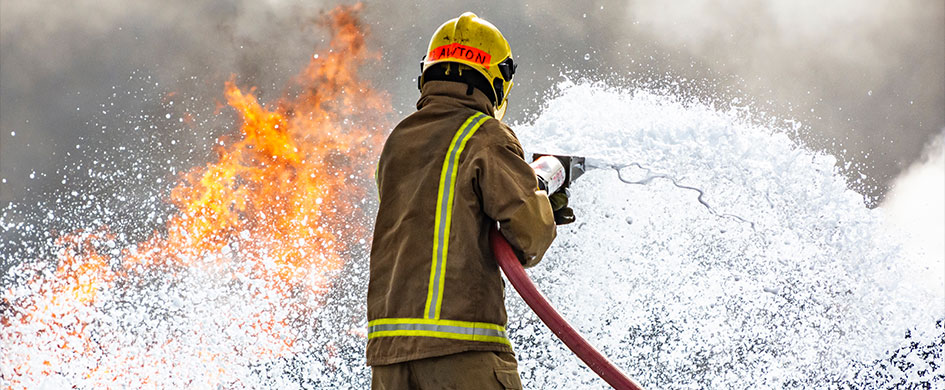
Understanding AFFF Role in Rapid Fire Suppression

The Rise of Eco-Friendly Fire Suppression: Exploring Fluorine Free Foam (ECOFOAM) Solutions

Foam Concentrates: The Ultimate Guide(2024) to Effective Fire Suppression
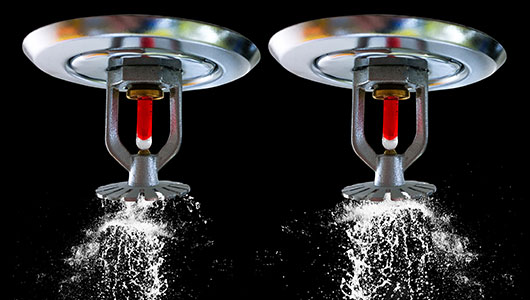
Choosing the Right Fire Sprinkler System for Your Commercial Property
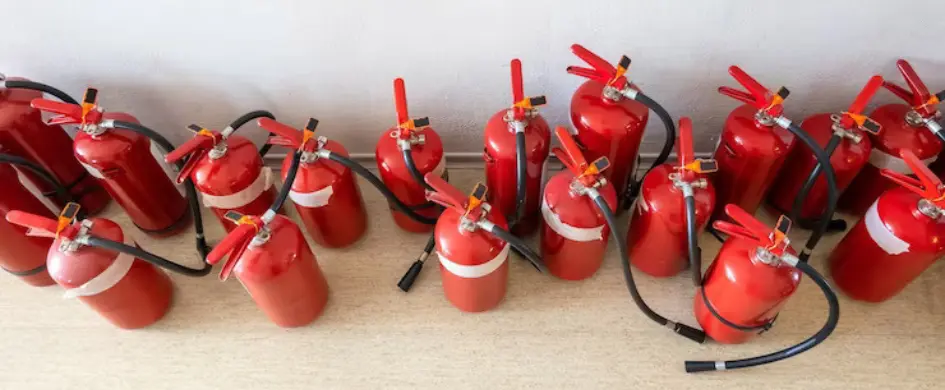
Emergency Evacuation Planning: Steps to Ensure Workplace Safety
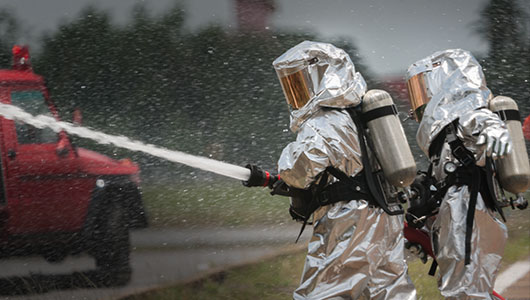
The Role of Personal Protective Equipment (PPE) in Firefighting

Keeping Your Business Safe: A Comprehensive Guide to Fire Risk Assessments
Protecting Your Electrical Equipment: The Importance of a Fire Suppression System for Electrical Panels

Protect Your Data Center with a Reliable Fire Suppression System

How to choose a water mist fire extinguisher
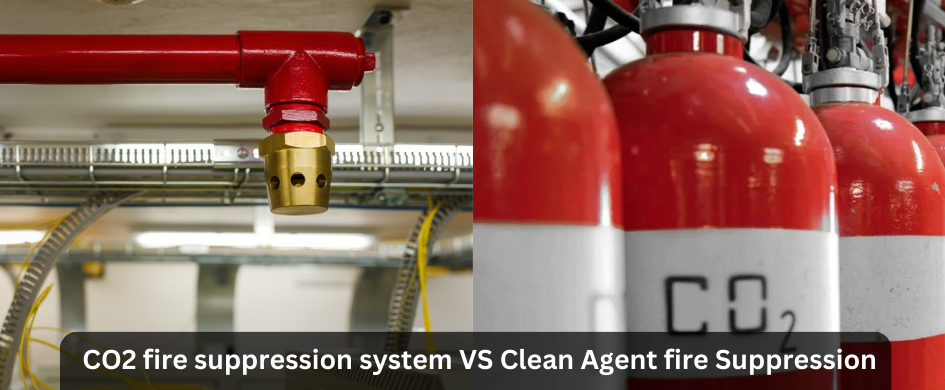
CO2 Fire Suppression System vs Clean Agent fire Suppression
Ensuring Safety in the Factory: Choosing the Right Fire Fighting Equipment
The Top 5 Places Where Fire Suppression Systems are a Must

How to Choose the Right Fire Safety Equipment for Factories

Difference Between Fire Suppression System and Fire Sprinkler
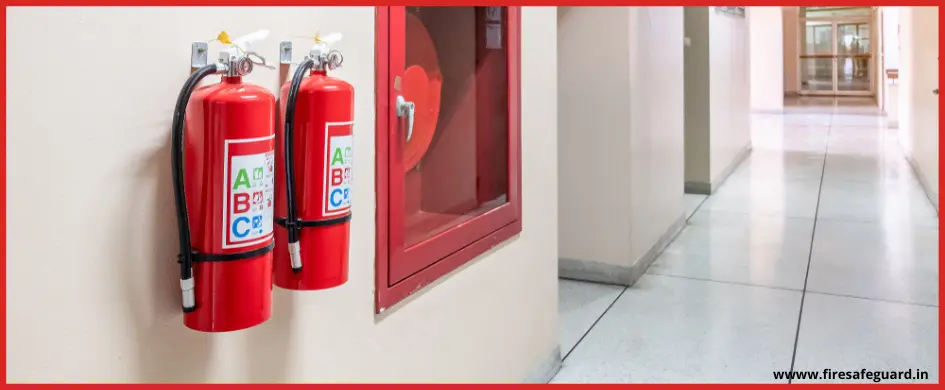
Ultimate Fire Extinguisher Buying Guide for Business owners

Known and Unknown Facts about Fire Everyone Should Know

Everything you need to know about Water Type Extinguisher

What is a Clean Agent Fire Extinguisher ? Detailed Guide 2024
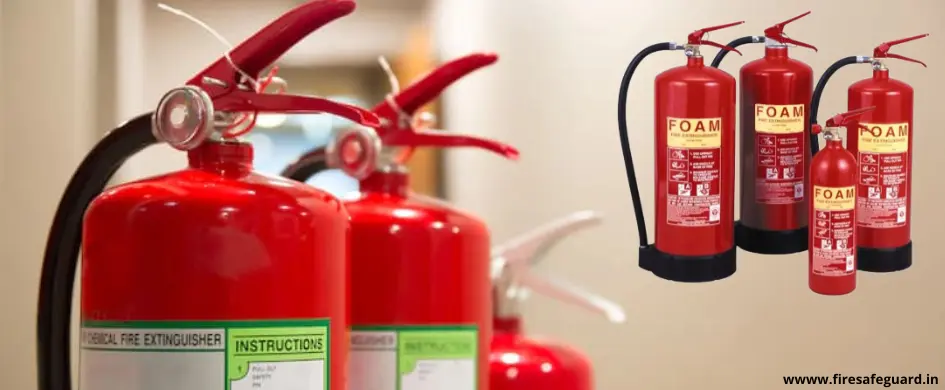
Everything You Need to Know About Foam-Type Fire Extinguishers

Everything You Need to Know about Dry Chemical Fire Extinguishers - Detailed Guide 2024

Top Fire Extinguisher Manufacturers in India
